Effective and efficient diffusion
Effective and efficient diffusion
Getting the DiffusionPipeline to generate images in a certain style or include what you want can be tricky. Often times, you have to run the DiffusionPipeline several times before you end up with an image you’re happy with. But generating something out of nothing is a computationally intensive process, especially if you’re running inference over and over again.
This is why it’s important to get the most computational (speed) and memory (GPU RAM) efficiency from the pipeline to reduce the time between inference cycles so you can iterate faster.
This tutorial walks you through how to generate faster and better with the DiffusionPipeline.
Begin by loading the runwayml/stable-diffusion-v1-5 model:
Copied
from diffusers import DiffusionPipeline
model_id = "runwayml/stable-diffusion-v1-5"
pipeline = DiffusionPipeline.from_pretrained(model_id, use_safetensors=True)The example prompt you’ll use is a portrait of an old warrior chief, but feel free to use your own prompt:
Copied
prompt = "portrait photo of a old warrior chief"Speed
💡 If you don’t have access to a GPU, you can use one for free from a GPU provider like Colab!
One of the simplest ways to speed up inference is to place the pipeline on a GPU the same way you would with any PyTorch module:
Copied
To make sure you can use the same image and improve on it, use a Generator and set a seed for reproducibility:
Copied
Now you can generate an image:
Copied
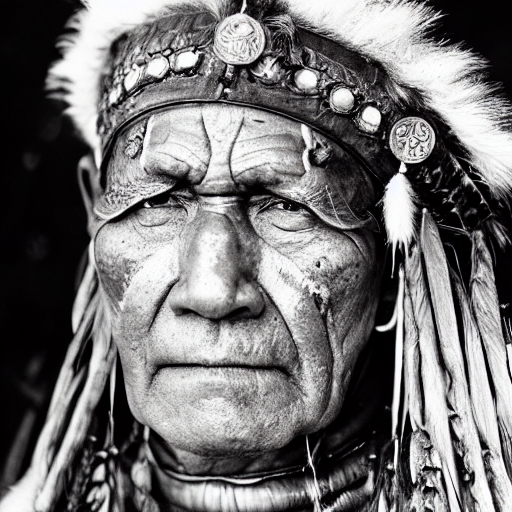
This process took ~30 seconds on a T4 GPU (it might be faster if your allocated GPU is better than a T4). By default, the DiffusionPipeline runs inference with full float32 precision for 50 inference steps. You can speed this up by switching to a lower precision like float16 or running fewer inference steps.
Let’s start by loading the model in float16 and generate an image:
Copied
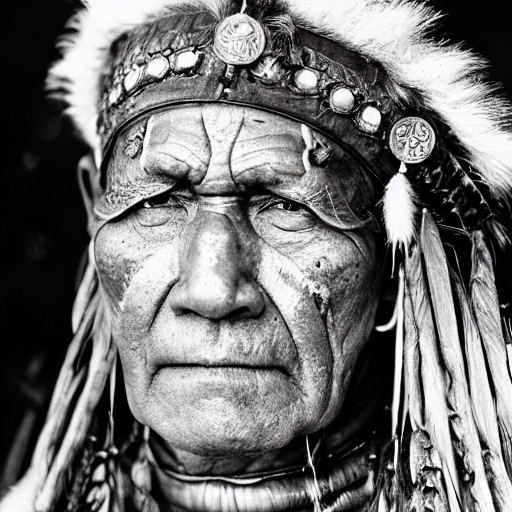
This time, it only took ~11 seconds to generate the image, which is almost 3x faster than before!
💡 We strongly suggest always running your pipelines in float16, and so far, we’ve rarely seen any degradation in output quality.
Another option is to reduce the number of inference steps. Choosing a more efficient scheduler could help decrease the number of steps without sacrificing output quality. You can find which schedulers are compatible with the current model in the DiffusionPipeline by calling the compatibles method:
Copied
The Stable Diffusion model uses the PNDMScheduler by default which usually requires ~50 inference steps, but more performant schedulers like DPMSolverMultistepScheduler, require only ~20 or 25 inference steps. Use the ConfigMixin.from_config() method to load a new scheduler:
Copied
Now set the num_inference_steps to 20:
Copied

Great, you’ve managed to cut the inference time to just 4 seconds! ⚡️
Memory
The other key to improving pipeline performance is consuming less memory, which indirectly implies more speed, since you’re often trying to maximize the number of images generated per second. The easiest way to see how many images you can generate at once is to try out different batch sizes until you get an OutOfMemoryError (OOM).
Create a function that’ll generate a batch of images from a list of prompts and Generators. Make sure to assign each Generator a seed so you can reuse it if it produces a good result.
Copied
Start with batch_size=4 and see how much memory you’ve consumed:
Copied
Unless you have a GPU with more RAM, the code above probably returned an OOM error! Most of the memory is taken up by the cross-attention layers. Instead of running this operation in a batch, you can run it sequentially to save a significant amount of memory. All you have to do is configure the pipeline to use the enable_attention_slicing() function:
Copied
Now try increasing the batch_size to 8!
Copied
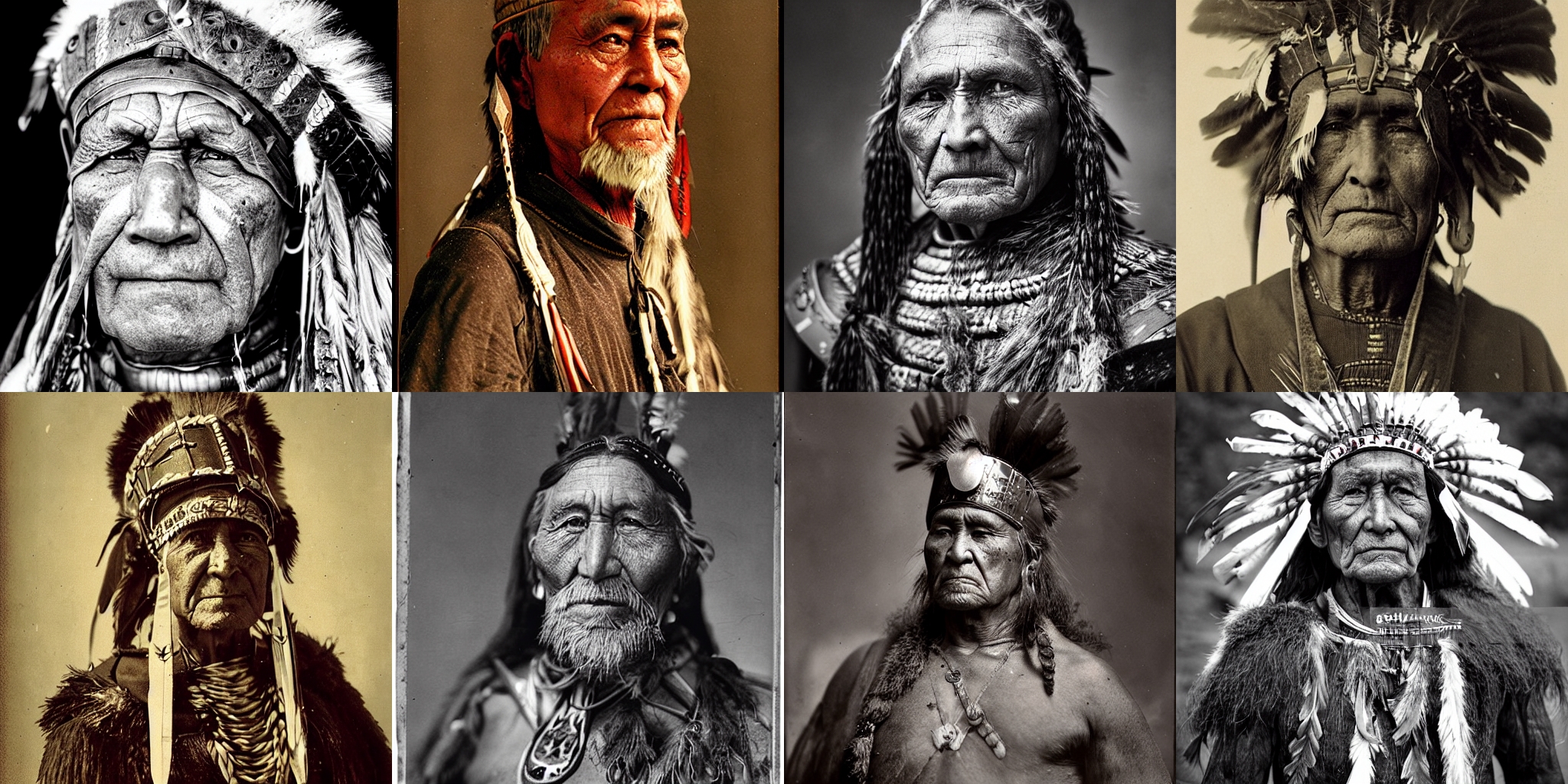
Whereas before you couldn’t even generate a batch of 4 images, now you can generate a batch of 8 images at ~3.5 seconds per image! This is probably the fastest you can go on a T4 GPU without sacrificing quality.
Quality
In the last two sections, you learned how to optimize the speed of your pipeline by using fp16, reducing the number of inference steps by using a more performant scheduler, and enabling attention slicing to reduce memory consumption. Now you’re going to focus on how to improve the quality of generated images.
Better checkpoints
The most obvious step is to use better checkpoints. The Stable Diffusion model is a good starting point, and since its official launch, several improved versions have also been released. However, using a newer version doesn’t automatically mean you’ll get better results. You’ll still have to experiment with different checkpoints yourself, and do a little research (such as using negative prompts) to get the best results.
As the field grows, there are more and more high-quality checkpoints finetuned to produce certain styles. Try exploring the Hub and Diffusers Gallery to find one you’re interested in!
Better pipeline components
You can also try replacing the current pipeline components with a newer version. Let’s try loading the latest autodecoder from Stability AI into the pipeline, and generate some images:
Copied
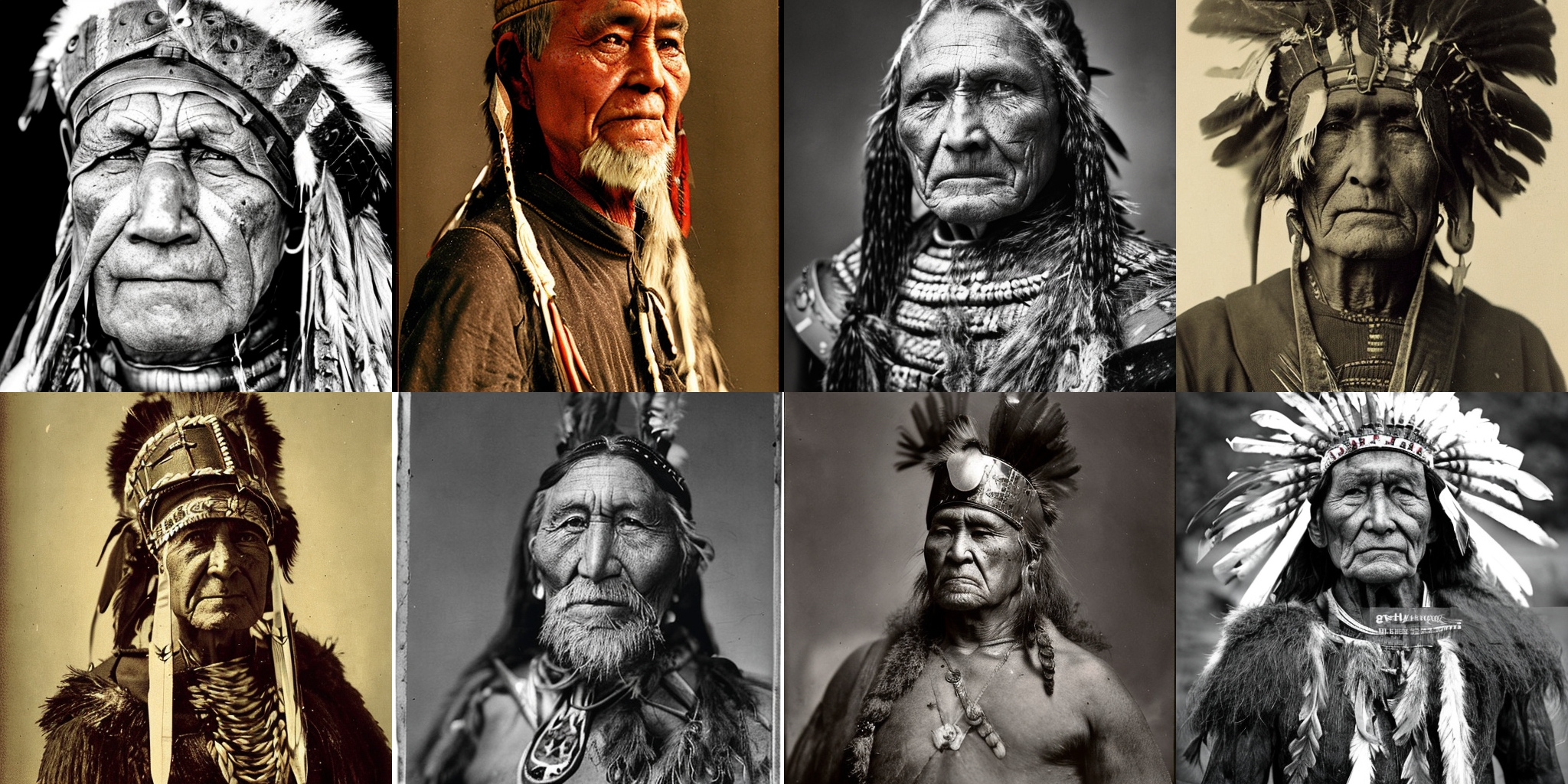
Better prompt engineering
The text prompt you use to generate an image is super important, so much so that it is called prompt engineering. Some considerations to keep during prompt engineering are:
How is the image or similar images of the one I want to generate stored on the internet?
What additional detail can I give that steers the model towards the style I want?
With this in mind, let’s improve the prompt to include color and higher quality details:
Copied
Generate a batch of images with the new prompt:
Copied
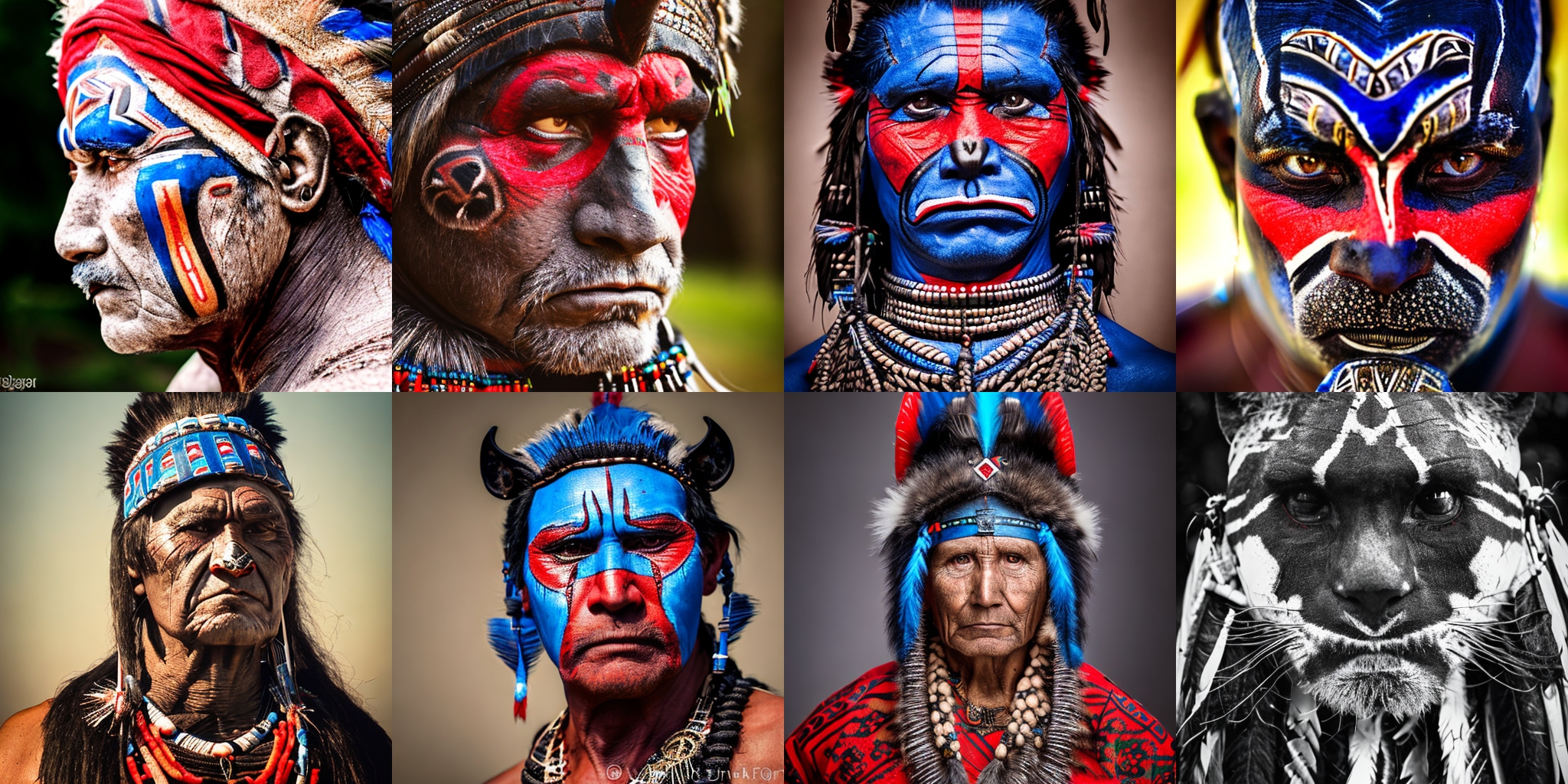
Pretty impressive! Let’s tweak the second image - corresponding to the Generator with a seed of 1 - a bit more by adding some text about the age of the subject:
Copied
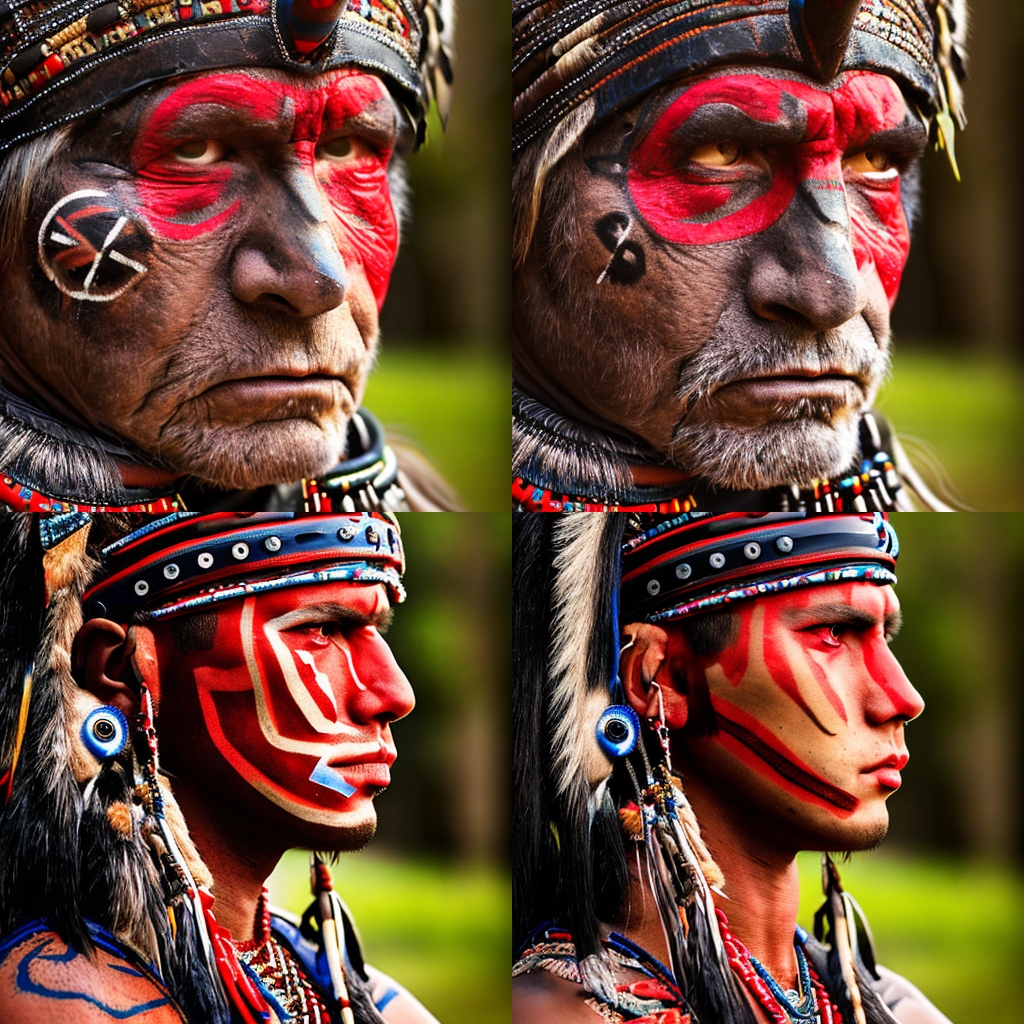
Next steps
In this tutorial, you learned how to optimize a DiffusionPipeline for computational and memory efficiency as well as improving the quality of generated outputs. If you’re interested in making your pipeline even faster, take a look at the following resources:
Learn how PyTorch 2.0 and
torch.compilecan yield 5 - 300% faster inference speed. On an A100 GPU, inference can be up to 50% faster!If you can’t use PyTorch 2, we recommend you install xFormers. Its memory-efficient attention mechanism works great with PyTorch 1.13.1 for faster speed and reduced memory consumption.
Other optimization techniques, such as model offloading, are covered in this guide.
Last updated